
According to the draft Resolution of the National Assembly Standing Committee on the reorganization of administrative units, based on criteria such as natural area, population size, cultural history, etc., it is expected that 11 provincial-level administrative units will remain unchanged nationwide, including: Hanoi , Hue, Lai Chau, Dien Bien, Son La, Cao Bang, Lang Son, Quang Ninh, Thanh Hoa, Nghe An, and Ha Tinh.
The remaining 52 provincial-level administrative units subject to restructuring include 4 cities (Hai Phong, Ho Chi Minh City, Da Nang, Can Tho) and 48 provinces: Ha Nam, Hung Yen, Vinh Phuc, Bac Ninh, Thai Binh, Hai Duong, Nam Dinh, Ninh Binh, Bac Kan, Thai Nguyen, Phu Tho, Bac Giang, Hoa Binh, Tuyen Quang, Lao Cai, Yen Bai, Ha Giang, Ninh Thuan, Quang Tri, Phu Yen, Quang Binh, Quang Ngai, Khanh Hoa, Dak Nong, Tay Ninh, Binh Duong, Binh Thuan, Binh Phuoc, Ba Ria - Vung Tau, Ben Tre, Bac Lieu, Vinh Long, Hau Giang, Tra Vinh , Tien Giang, Soc Trang, Dong Thap, An Giang, Long An, Ca Mau, Quang Nam, Binh Dinh, Dak Lak, Dong Nai, Gia Lai, Kon Tum, Lam Dong, and Kien Giang.
Of the 52 provinces and cities slated for merger, 18 are in the North, 15 in the Central region, and 19 in the South.
Coastal provinces and cities include: 5 out of 18 provinces and cities in the North; 14 out of 15 provinces and cities in the Central region; and 9 out of 19 provinces and cities in the South.
The centrally-governed cities slated for merger include: Ho Chi Minh City, Hai Phong, Da Nang, and Can Tho.
North
Specifically, among the 18 northern provinces, there are 3 provinces in the Northwest region, 6 provinces in the Northeast region, and 9 provinces and cities in the Red River Delta.
Northwestern region
The Northwest region comprises the provinces of Hoa Binh, Son La, Dien Bien, Lai Chau, Yen Bai, and Lao Cai, of which three provinces are slated for merger: Lao Cai, Yen Bai, and Hoa Binh.
The geographical features of Northwest Vietnam are primarily mountainous, with many high mountain ranges such as Hoang Lien Son. Between these mountain ranges are valleys and the Da River trough, creating a magnificent natural landscape.
The region's economy is primarily based on agriculture, with crops such as rice, corn, and cassava. In addition, the Northwest region has hydropower potential thanks to the Da River system and other major rivers. Ecotourism and cultural tourism are also being developed, leveraging the natural landscapes and the cultural diversity of the ethnic minorities.
The culture of Northwest Vietnam is very rich, with the inhabitation of many ethnic groups such as the Kinh, Thai, Hmong, Tay, Nung, Muong, and Kho Mu… Each ethnic group has its own unique cultural characteristics, expressed through clothing, customs, traditions, and especially traditional festivals such as the Ban Flower Festival, the boat racing festival, and the New Rice Festival…
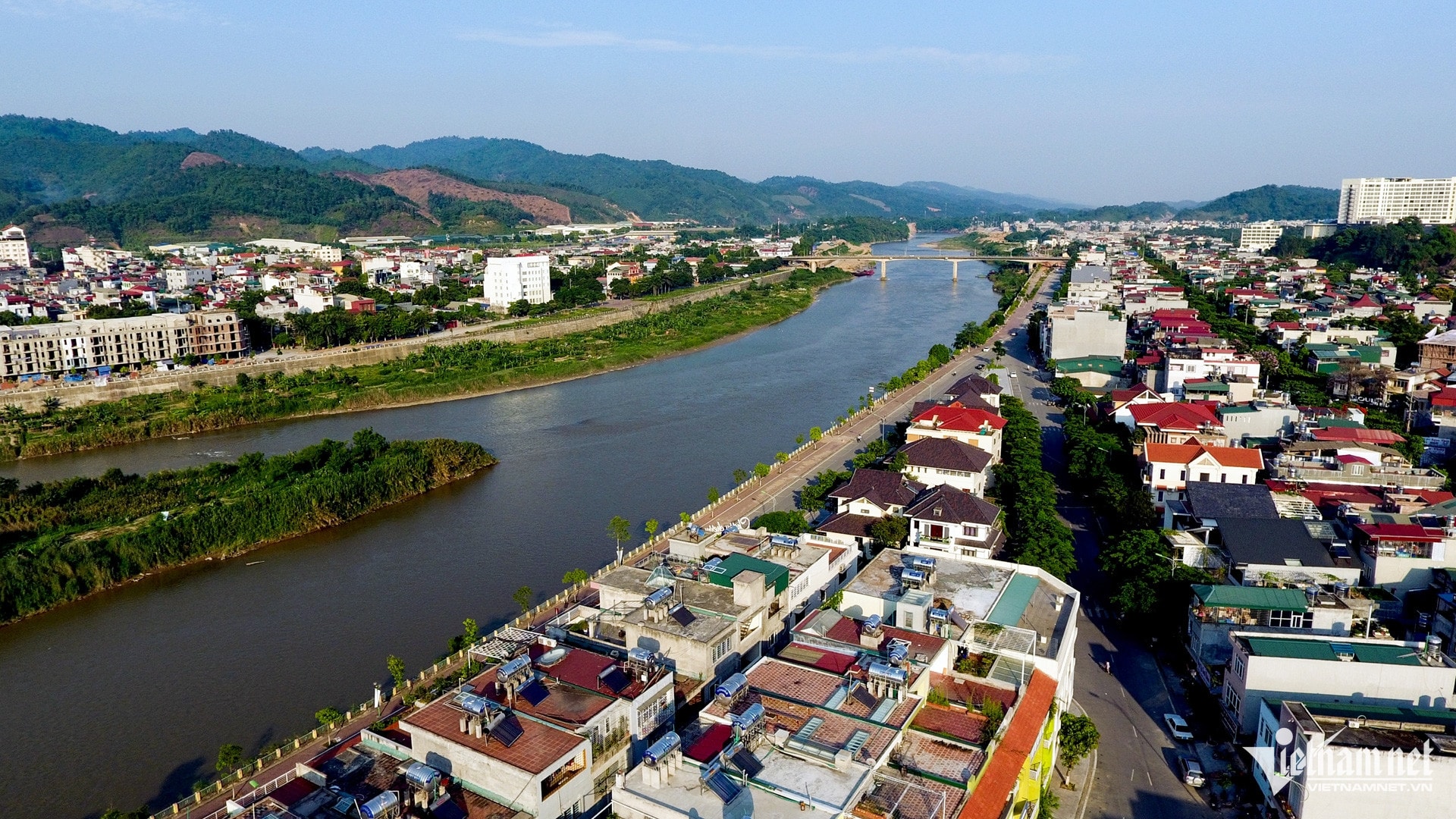
Among the six provinces in the Northwest region, Lao Cai shares a border with Yunnan province (China), with a border length of approximately 182 km.
As of April 2019, Lao Cai province had 7 religions, with Protestantism being the most prevalent, followed by Catholicism and Buddhism. The province also has more than 20 ethnic groups living together.
In terms of socio-economic development, Lao Cai is one of the provinces that has consistently ranked among the top in the provincial competitiveness index in recent years. In the 2011 ranking of Vietnam's Provincial Competitiveness Index, Lao Cai province ranked 1st out of 63 provinces and cities.
Currently, Lao Cai is experiencing rapid tourism development, with many destinations that are popular with both domestic and international tourists.
Hoa Binh is a mountainous province with a population largely composed of the Muong ethnic group. The administrative center of the province is Hoa Binh City, located approximately 73 km from the center of Hanoi.
This province has a moderately mountainous terrain, with complex and steep slopes. The river system in the province is relatively evenly distributed, with major rivers such as the Da River, Ma River, Buoi River, Lang River, Bui River, etc.
Northeast region
Of the 9 provinces in the Northeast region, 6 are slated for merger: Ha Giang, Bac Kan, Tuyen Quang, Thai Nguyen, Phu Tho, and Bac Giang.
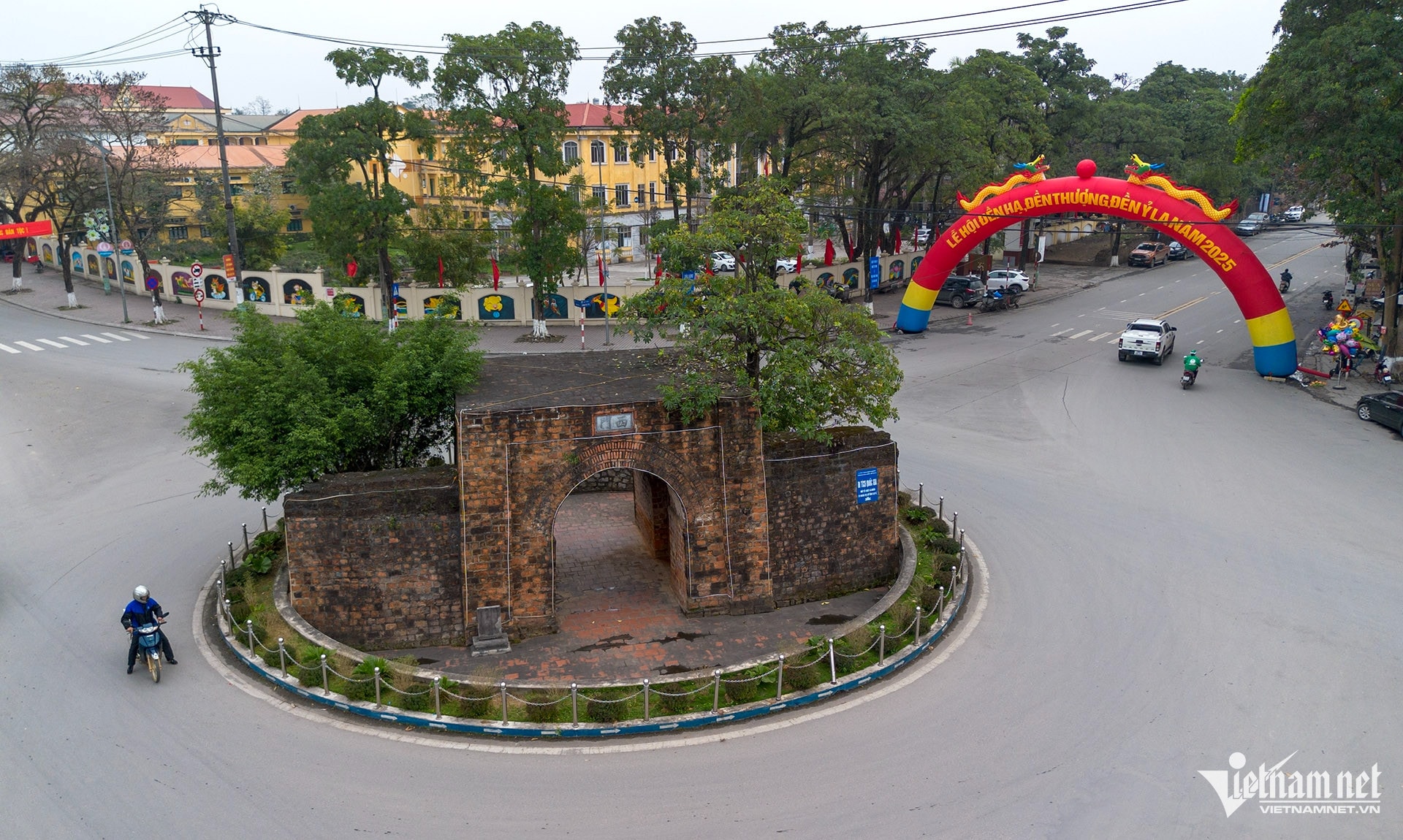
The total area of the Northeast region is approximately 56,610 km², accounting for 8.9% of the country's total area. The region's population is over 9.5 million people, representing 9.46% of the country's total population.
The Northeast region of Vietnam is characterized by its geography, which includes many high mountain ranges such as the Hoang Lien Son range, the Bac Son range, and the Dong Trieu range. Between these mountain ranges are valleys and small plains, creating a diverse landscape. This area also has many large rivers such as the Red River, the Lo River, the Cau River, and the Thai Binh River.
The economy of the Northeast region of Vietnam is primarily based on agriculture, with main crops such as rice, corn, and cassava, in addition to tea, fruit trees, and vegetables. Livestock and poultry farming are also well-developed in the Northeast. The mining industry, extracting minerals such as coal, iron, copper, and zinc, also contributes to the local economy. Ecotourism and cultural tourism thrive thanks to the natural landscapes and historical and cultural relics.
The culture of Northeast Vietnam is very diverse, with many ethnic groups living there, such as the Kinh, Tay, Nung, Hmong, Dao, and Muong… Each ethnic group has its own unique culture, expressed through clothing, customs, traditions, and especially traditional festivals such as the buffalo fighting festival, the Long Tong festival, and the Hung Temple festival…
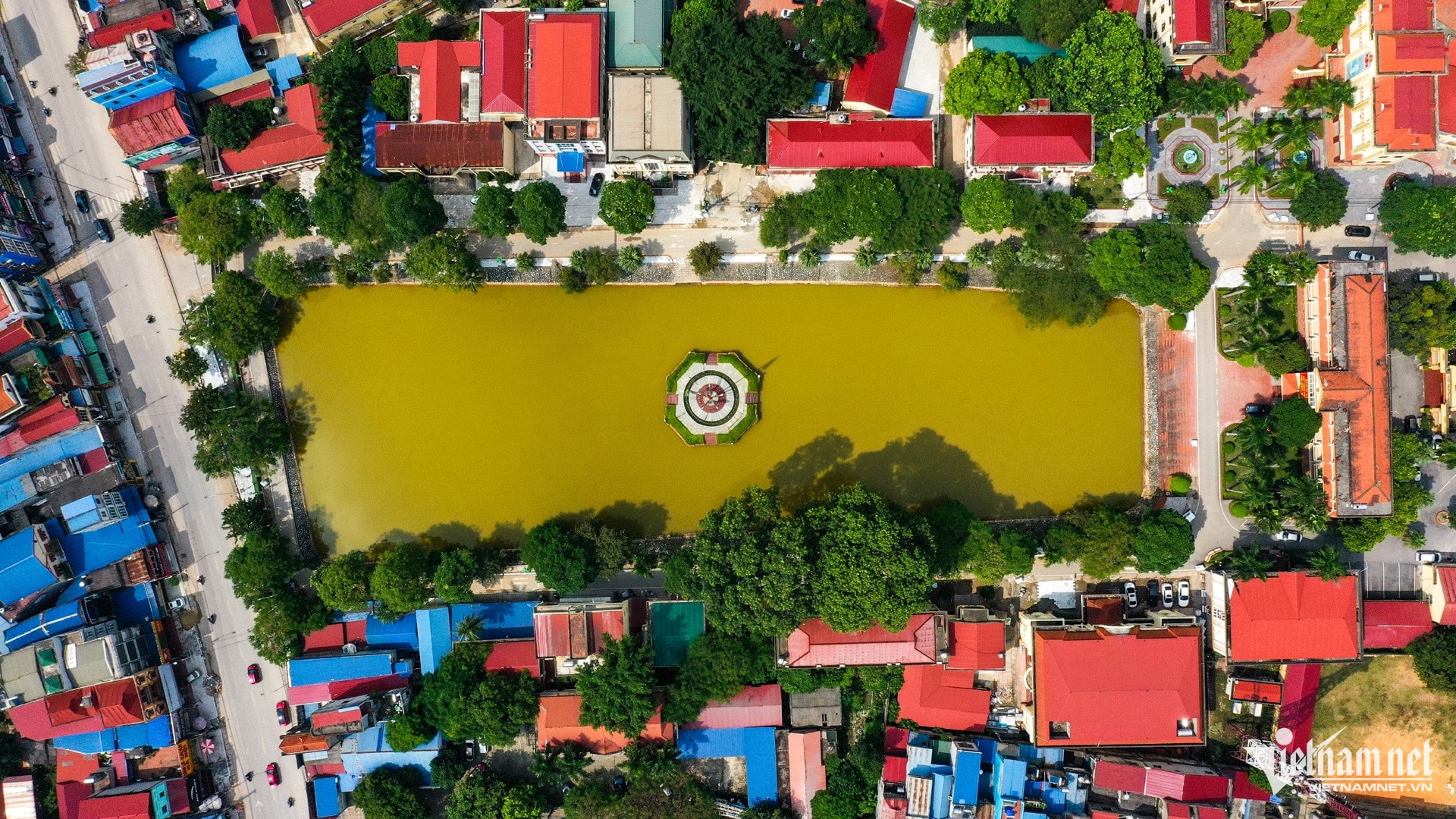
Among the six merged provinces in the Northeast region, Thai Nguyen is currently one of the provinces and cities that can balance its budget and is also the leading province in terms of budget revenue in the region. Thai Nguyen is also the only locality in the northern mountainous midland region to be in the top 10 provinces and cities with the highest GNI per capita in the country in 2020 (with 12,960 USD).
Thai Nguyen, along with Binh Duong, Bac Ninh, Dong Nai, and Bac Giang, is among the top 5 provinces and cities with the best infrastructure in 2019, as rated by businesses, and is also one of the country's major industrial centers.
Red River Delta
The Red River Delta is the delta region of the Red River, comprising 12 provinces and cities, including the planned merger of: Hai Phong, Hai Duong, Hung Yen, Thai Binh, Nam Dinh, Ninh Binh, Ha Nam, Vinh Phuc, and Bac Ninh.
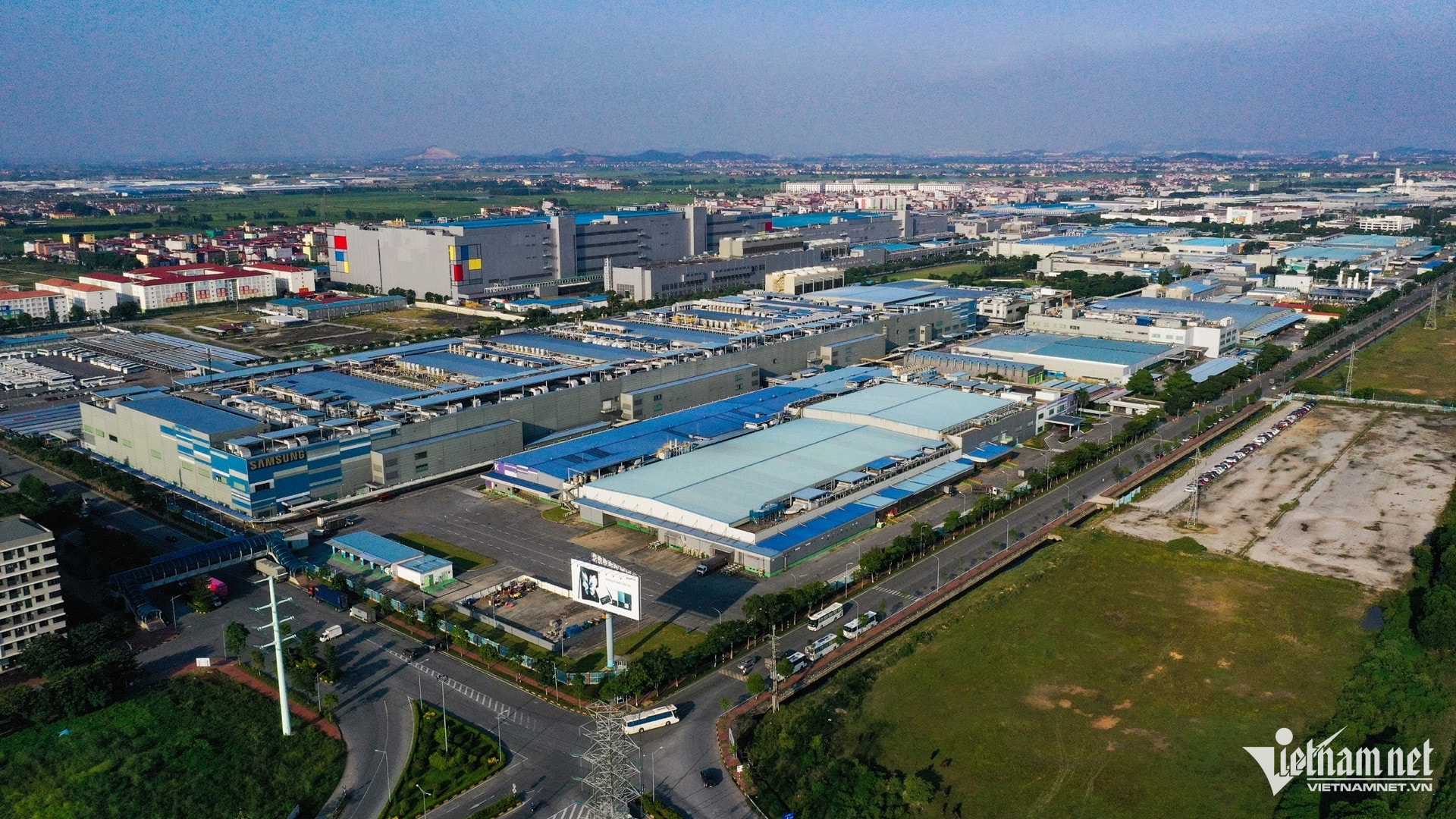
The Red River Delta region covers a total area of approximately 15,000 km², with a population of 21.85 million people (in 2021), accounting for 22.3% of the country's population and having the highest population density.
The Red River Delta is a fertile delta region, enriched by the alluvial deposits of the Red River and the Thai Binh River. The area has a dense network of rivers and canals, creating a convenient waterway transportation system. In addition, the Red River Delta has a long coastline with many important seaports such as Hai Phong and Cai Lan.
The economy of the Red River Delta is highly developed, with a fertile agricultural sector, especially rice cultivation. Processing industries, consumer goods manufacturing, electronics, and mechanical engineering are also thriving. Hai Phong is a major seaport center, contributing significantly to national import and export activities. Cultural, historical, and ecological tourism also attracts many visitors.
The Red River Delta has a long-standing culture, with many historical and cultural relics such as Pho Hien and Co Loa…
Among the provinces in the Red River Delta region, Hai Phong is the largest port city in the North, with an area of approximately 1,500 km² and a population of over 2.1 million people. It is one of the centrally-governed cities and plays a crucial role in the national economy. Hai Phong is strategically located, serving as an important gateway to international seaports.
Hai Phong's economy thrives thanks to heavy industry (including shipbuilding and mechanical engineering), its seaport, and tourism. Hai Phong Port is one of the largest and most developed ports in Vietnam.
Culturally, Hai Phong has a blend of Northern Vietnamese culture and the influence of maritime customs. The city is famous for historical sites such as the Trang Trinh Temple, Cat Ba Island, and Do Son. Its famous beaches and tourist areas attract many domestic and international tourists.
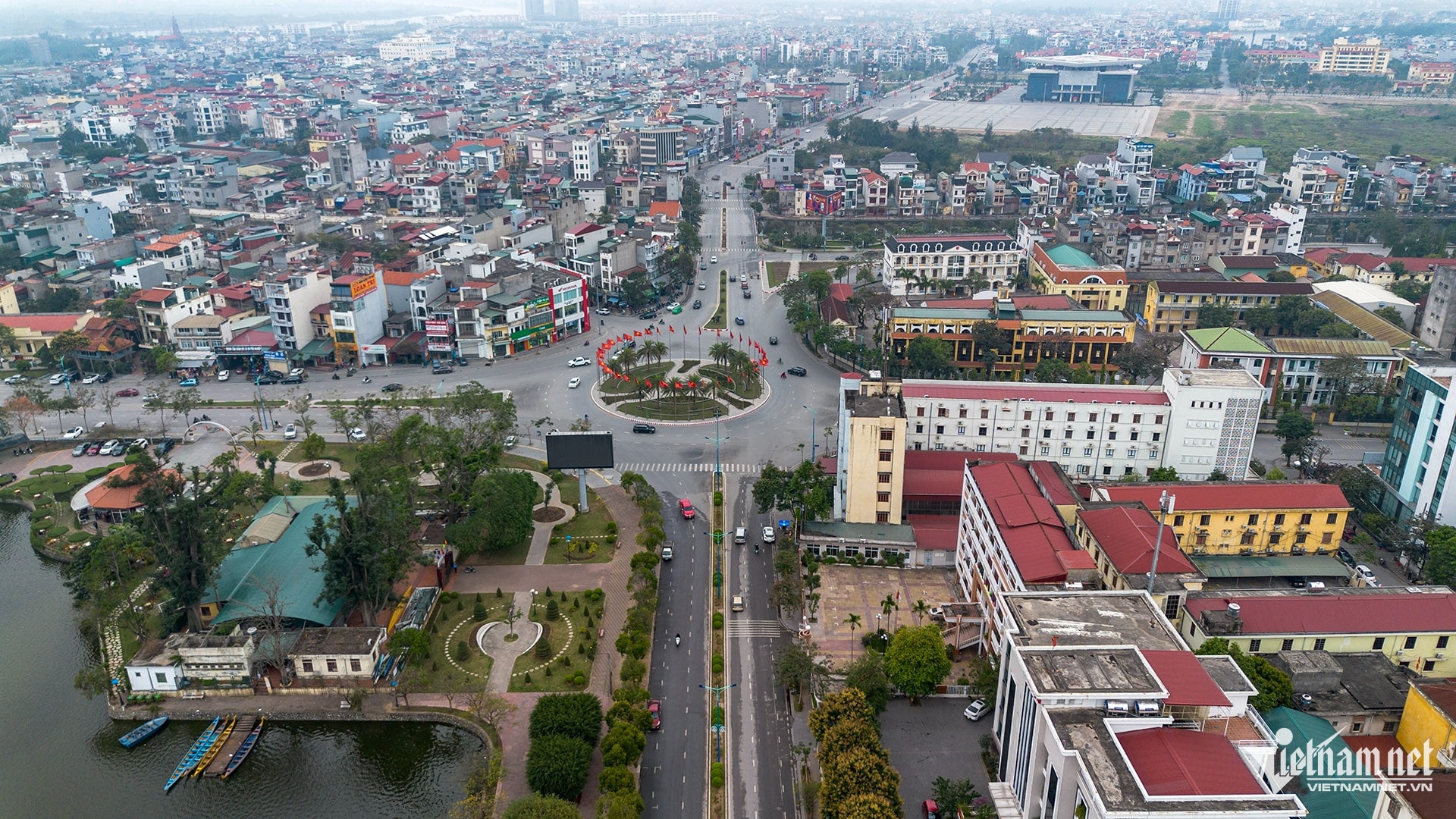
Along with Hai Phong, Hung Yen and Hai Duong are also provinces with strategic locations and strong industrial development. Industrial zones in Hung Yen and Hai Duong have developed strongly in recent years, attracting many investors.
Nam Dinh and Ninh Binh are regions with a long history, boasting numerous historical and cultural relics. The Nam Dinh Cathedral, the Phu Day historical site, and traditional festivals, especially the Tran Temple Festival and the Vieng Market, are cultural and spiritual tourist destinations that attract thousands of visitors each year.
Ninh Binh is famous for its stunning natural landscapes, especially the Trang An and Tam Coc tourist areas, and historical and cultural relics such as Bai Dinh Pagoda. The province is also renowned for historical sites like the ancient capital of Hoa Lu, which served as the residence and center of Vietnamese feudal dynasties.
Thai Binh is a province with a strong agricultural sector, especially in rice cultivation and aquaculture.
The province's economy is developing thanks to agriculture, fisheries, and food processing industries.
On March 26th, Thai Binh province commenced construction of the VSIP industrial park, covering an area of 333.4 hectares with a total investment of over 4,932 billion VND (nearly 212 million USD). This project is expected to attract domestic and foreign investors, making a significant contribution to the economic restructuring and industrial development of the province.
VN (according to Vietnamnet)Source: https://baohaiduong.vn/dac-diem-vi-the-cua-18-tinh-thanh-mien-bac-du-kien-sap-nhap-408264.html










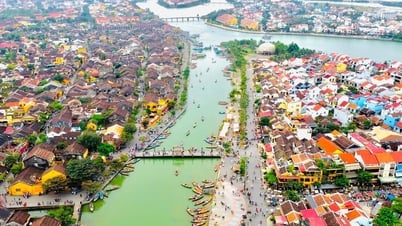



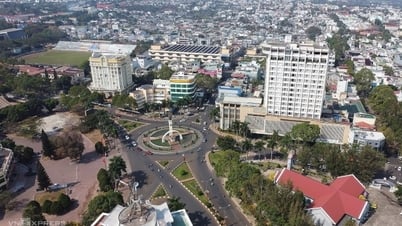
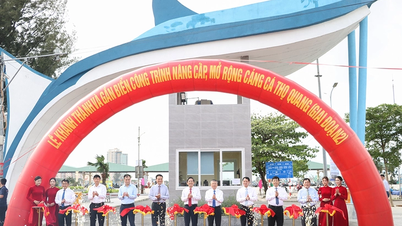







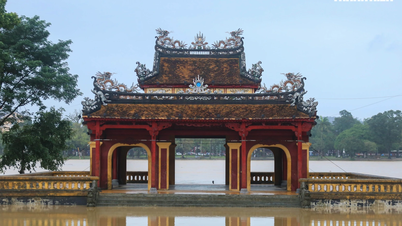









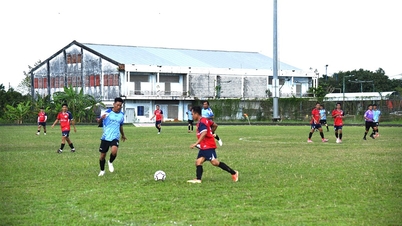


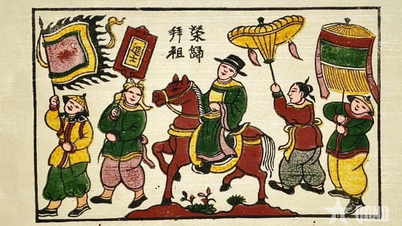

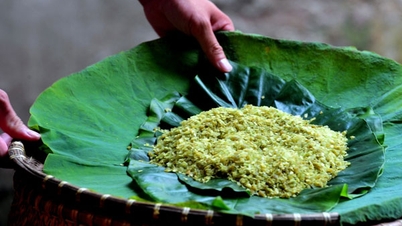

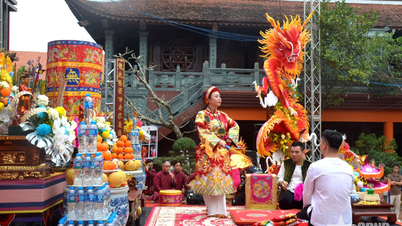








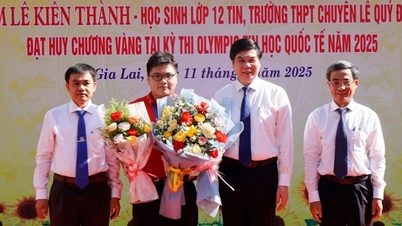


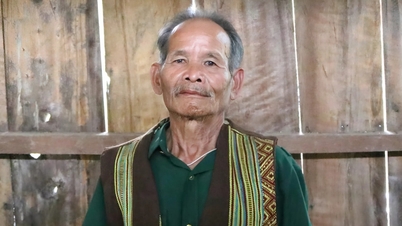







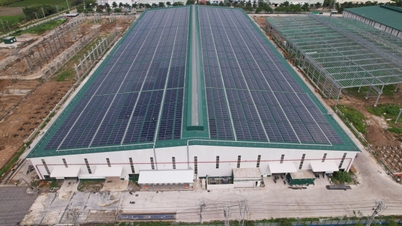






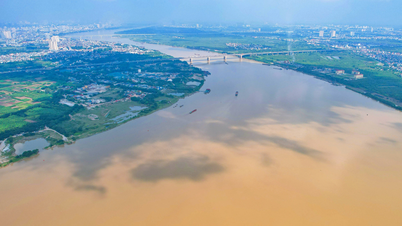


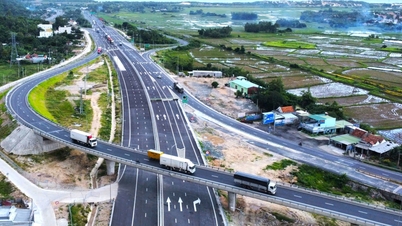
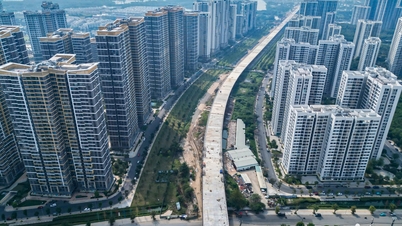

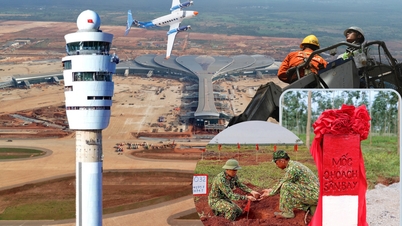




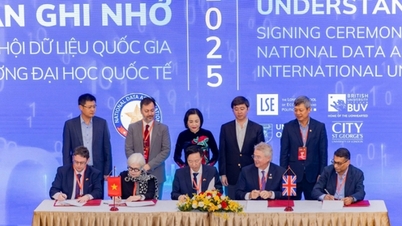






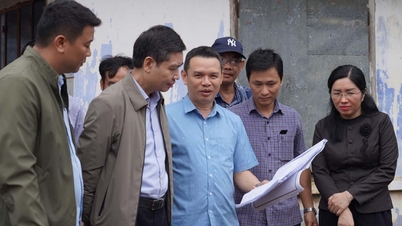

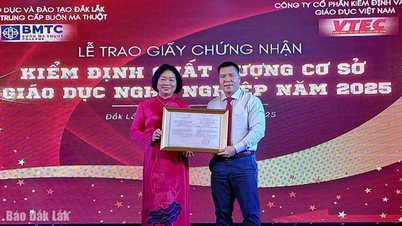


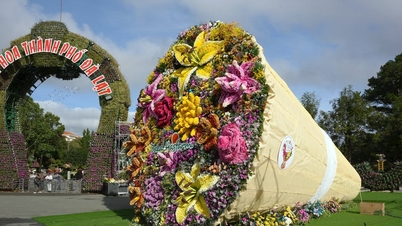














Comment (0)